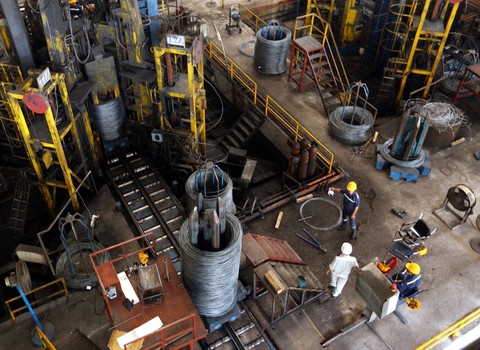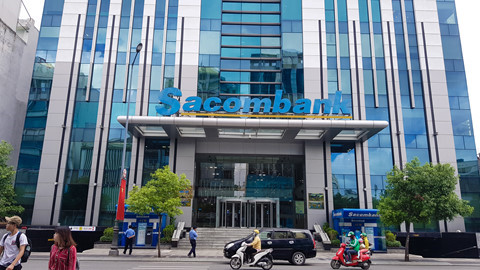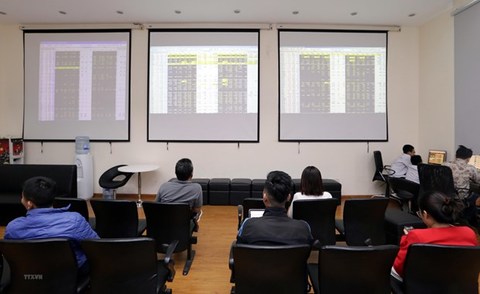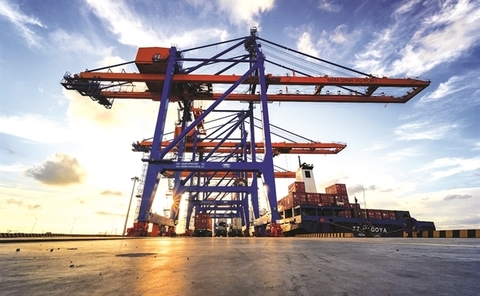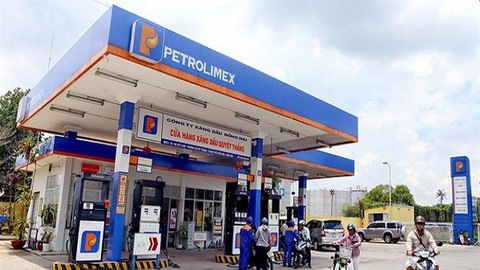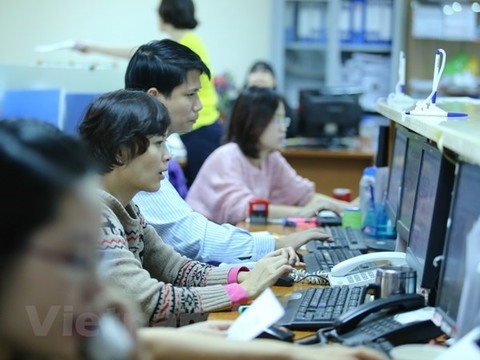Enlarging the securities market a hard task
Enlarging the securities market a hard task
Expanding the size of the securities market so that it becomes an alternative source of funding for companies beside bank loans remains a hard task for both market regulators and securities companies. 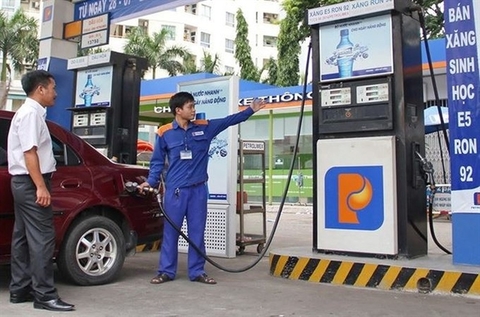
According to National Assembly Deputy Tran Hoang Ngan, the total market capitalisation in the country was VND5.6 quadrillion (US$241.4 billion), but total lending stood at VND7.8 quadrillion.
The ratios of the two figures in comparison with Viet Nam’s 2018 GDP are 100 per cent and 130 per cent.
According to the National Financial Supervisory Commission, the size of the securities market was 109 per cent compared to the country’s total GDP at the end of 2018. The ratio for bank lending was 134 per cent.
The figures showed Viet Nam was among the few economies where the total value of the securities market was lower than bank lending, Nguyen Ngoc Bao, vice chairman of the National Assembly’s Economic Committee, said.
The ratio of total bank loans over securities market value in Viet Nam is 134 per cent over 109 per cent. Meanwhile, the ratio is 129 per cent over 200 per cent in Thailand, 140.8 per cent over 243 per cent in Singapore, and 140 per cent over 145 per cent in Malaysia.
It proves the Vietnamese securities market was not the main channel for companies to raise funding for their activities, Bao said.
Total loans in 2018 still depended too much on the banking sector. This was risky for the banking sector as most companies preferred long-term loans while 70 per cent of banks’ total capital was made up from short-term deposits and savings.
NA Deputy Ngan from HCM City urged the Government to continue restructuring the securities market to become a medium- and long-term capital source for the economy.
In addition, the southern economic hub should be assisted to become the financial centre of the whole region, he said.
There must be policies to protect investors to improve their long-term confidence and interest in the market, he said, adding market regulators should give incentives to small, individual investors to participate in the market, thus providing more capital for the economy.
But individual investors should be more professional, he urged. In addition, the market and listed firms must be more transparent, and law enforcement must be fair and equal among investors.
More products
Additional products should be provided to attract more investors to the securities market such as non-voting depository receipts (NVDR), according to Huynh Thanh Chung, a member of the NA Economic Committee.
The new product would meet the demands of investors and listed firms, he said, adding trading regulations were needed for the new product so it was used properly.
Another way to enlarge the Vietnamese securities market was to list State-owned enterprises (SOEs) on the stock market, economic specialists said.
Rong Viet Securities Corp (VDSC) General Director Nguyen Hieu estimated that the value of the Vietnamese securities market must gain 35 per cent in 2020 to level the country’s total GDP.
However, it would be difficult because the benchmark VN-Index rose more than 35 per cent in only one of the last 10 years, he said at a conference in early November. In 2017, it gained 48 per cent.
At the end of September 2019, the securities market value was 81 per cent of total GDP, he said, while questioning how the market could achieve the remaining 19 per cent.
To help the market level the country’s total GDP, the Government must speed up its equitisation of SOEs and put domestic companies on the stock market, Hieu said.
The listing and trading of several large-cap companies on the stock market in 2017 such as Vietjet, Vietnam Airlines, Petrolimex, VPBank and Vincom Retail and the divestment of Vinamilk and Sabeco helped raise the total value of the Vietnamese securities market by 80 per cent.
2020 is the deadline for the Government to complete selling stakes in the likes of Agribank, Vinachem, Mobifone, Vicem and Genco 1. The total value of those firms is estimated at $8 billion.






